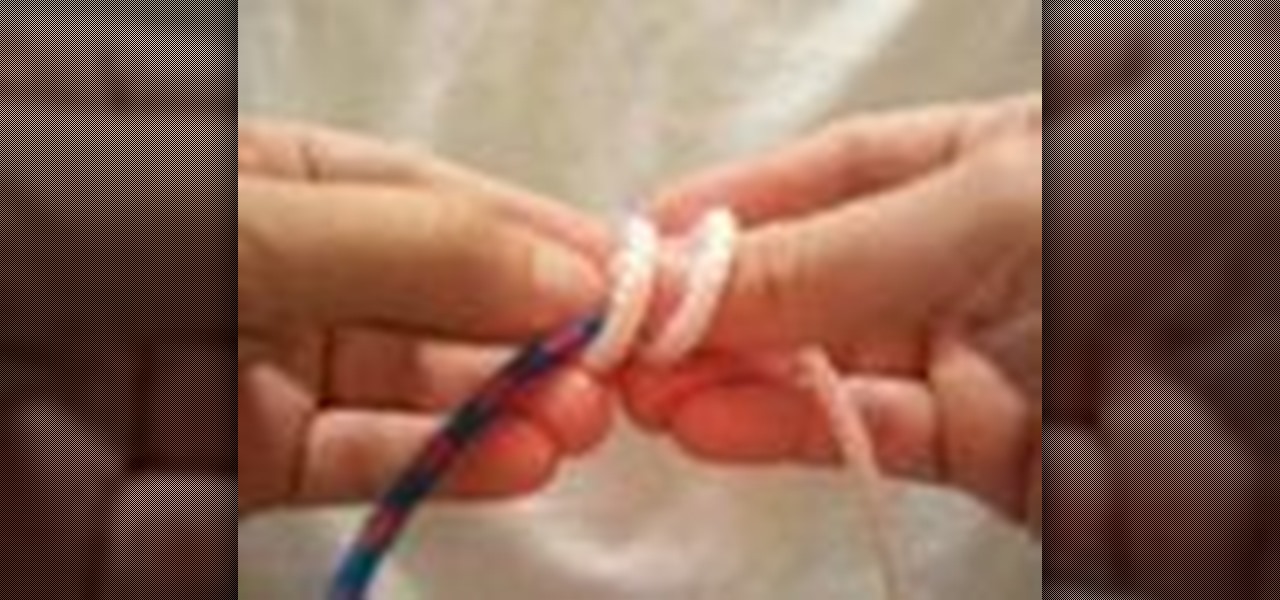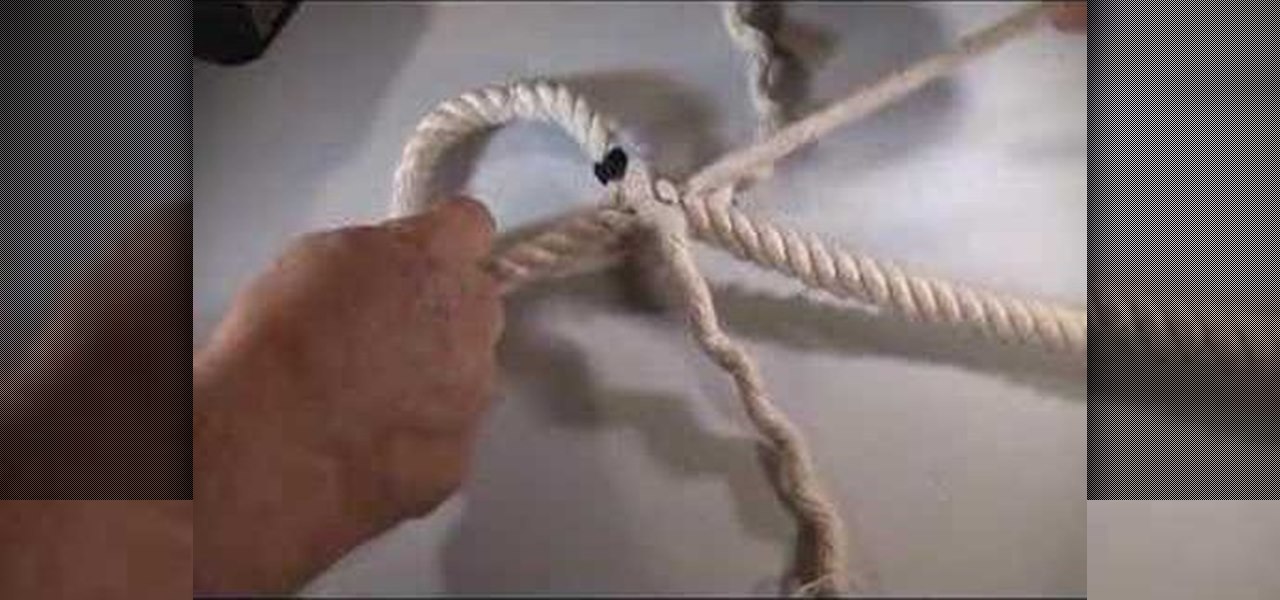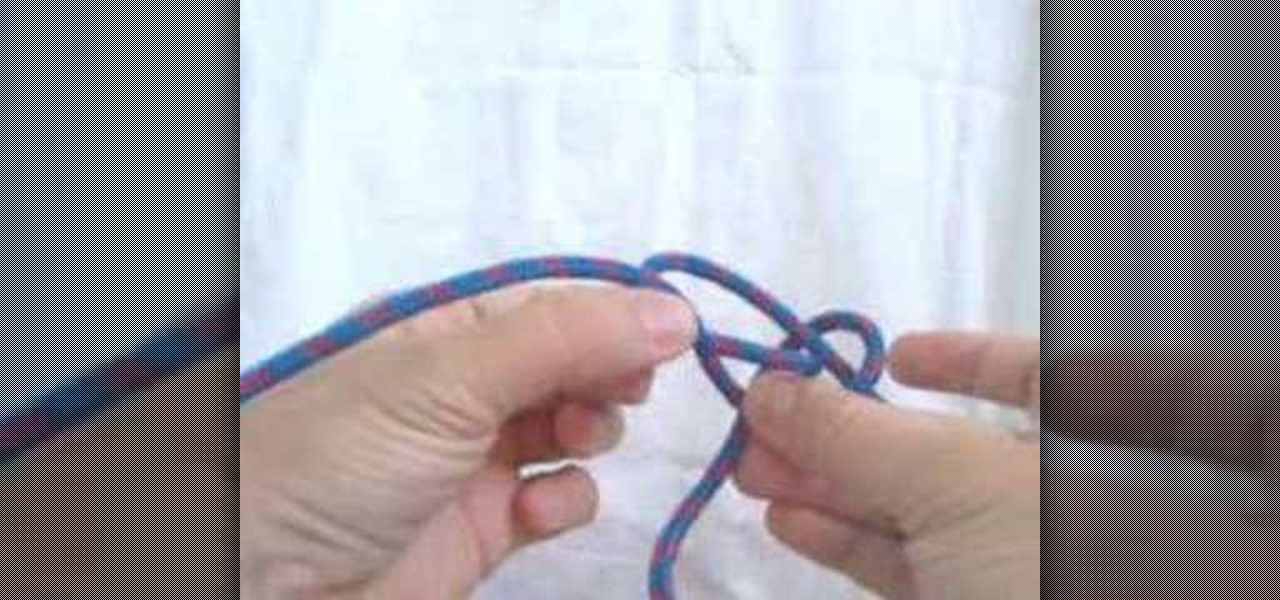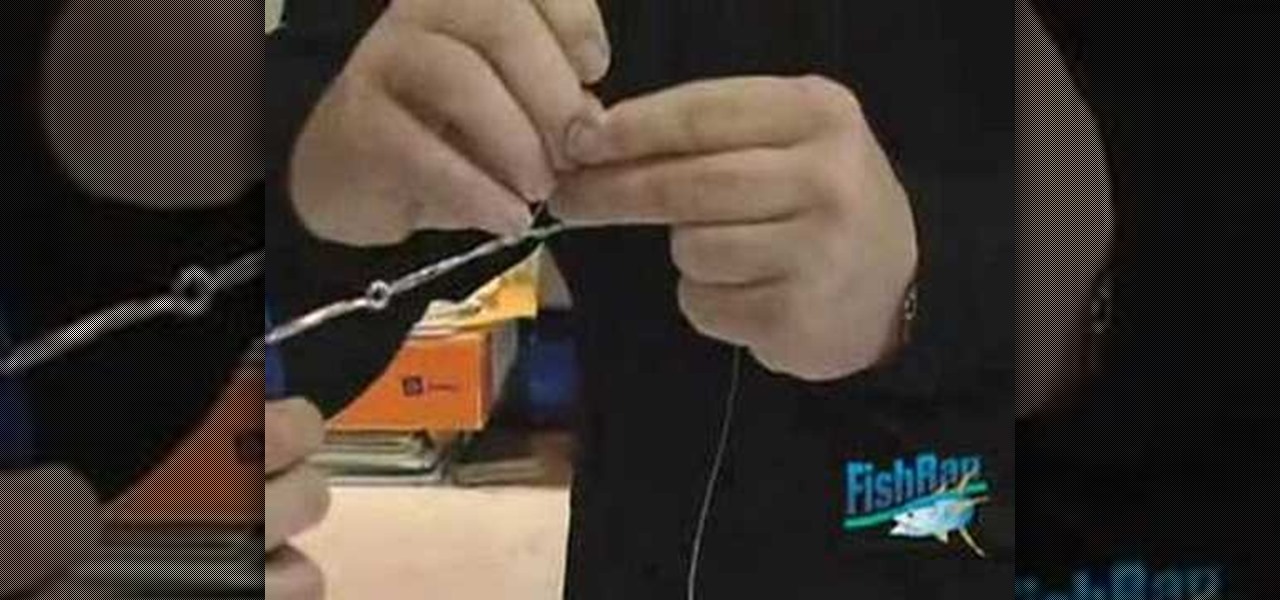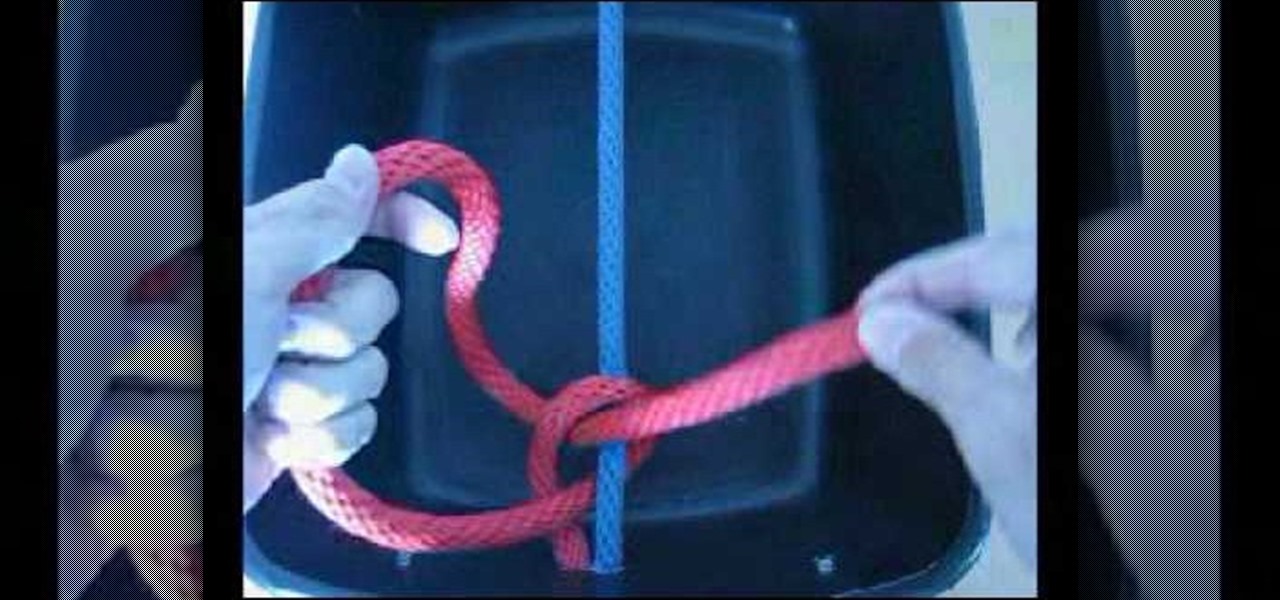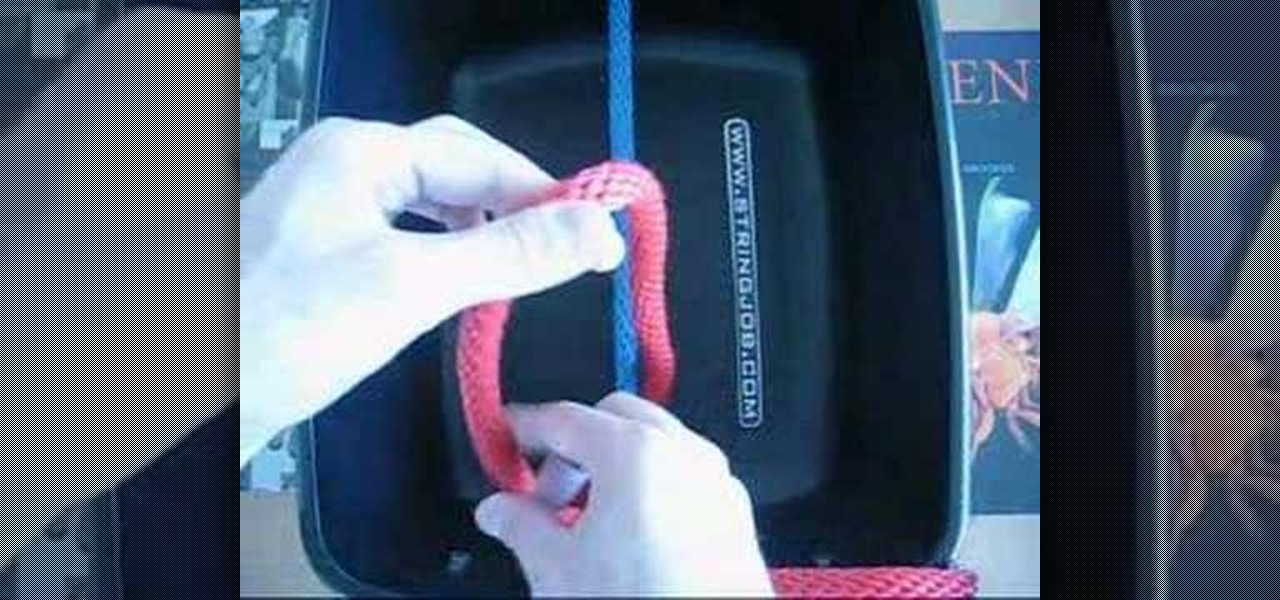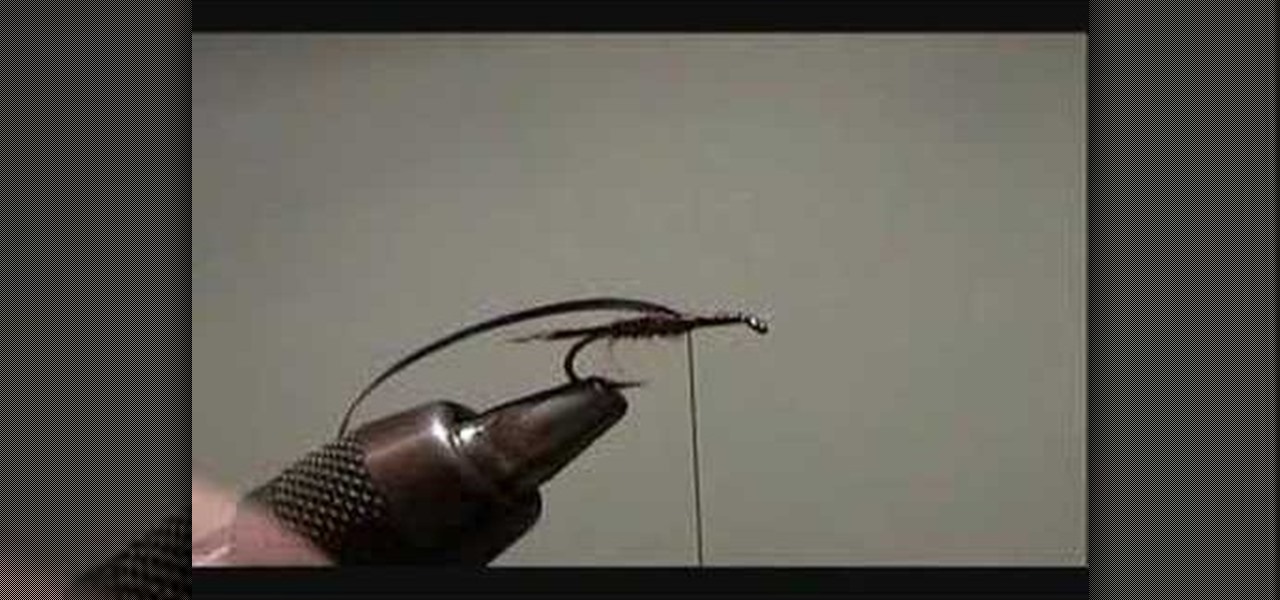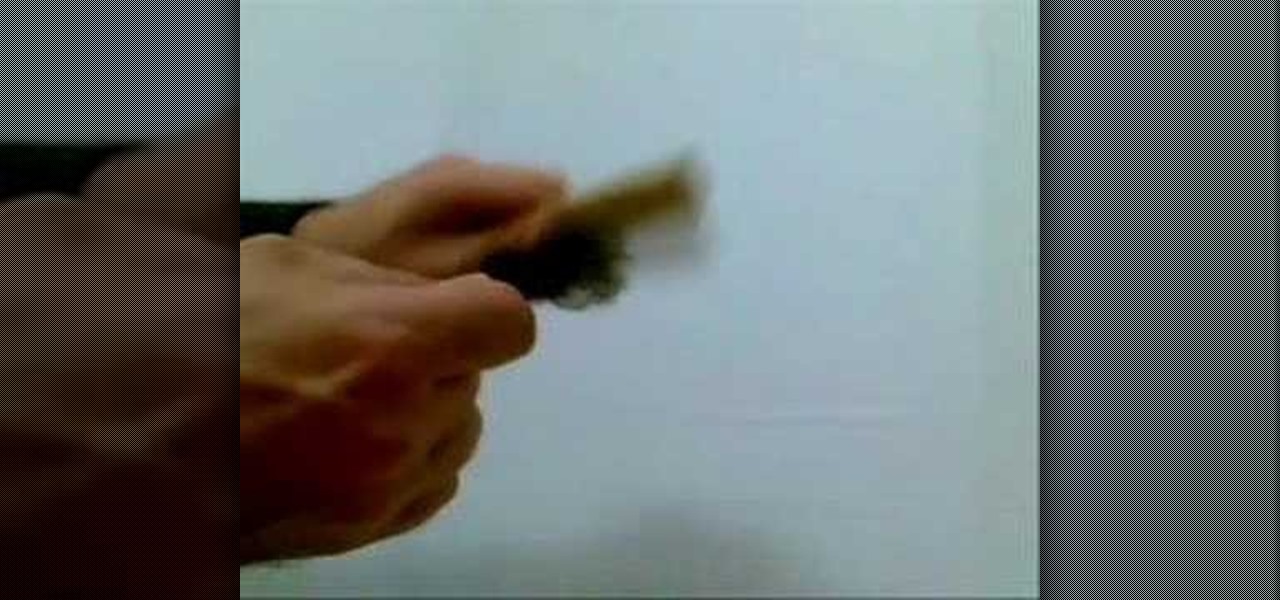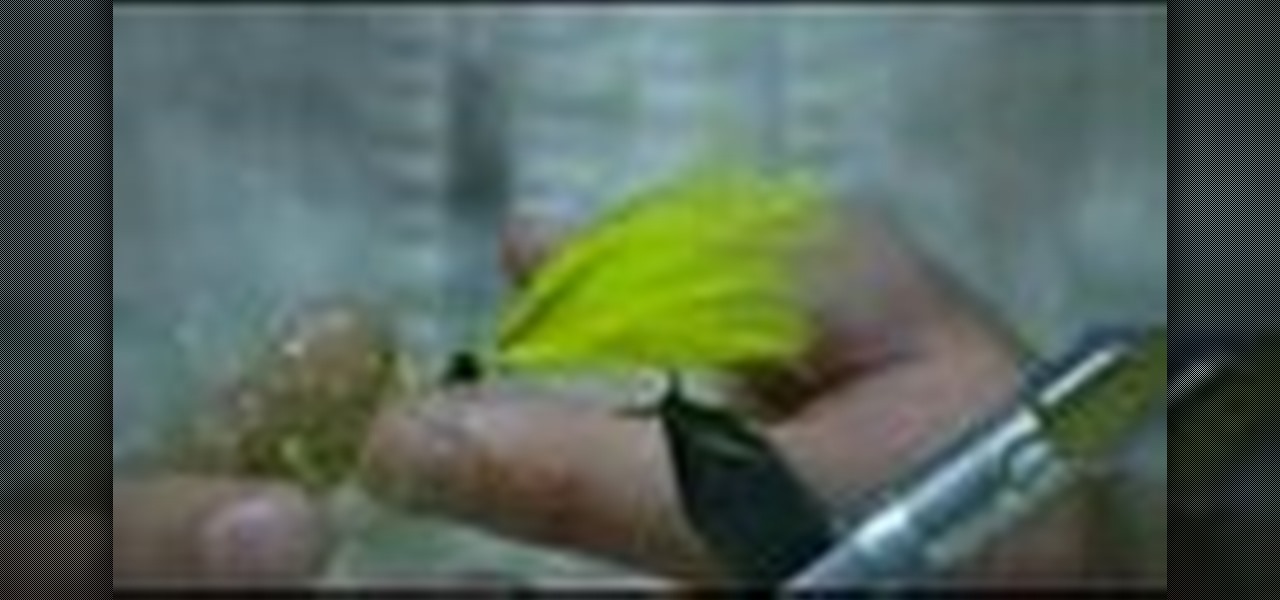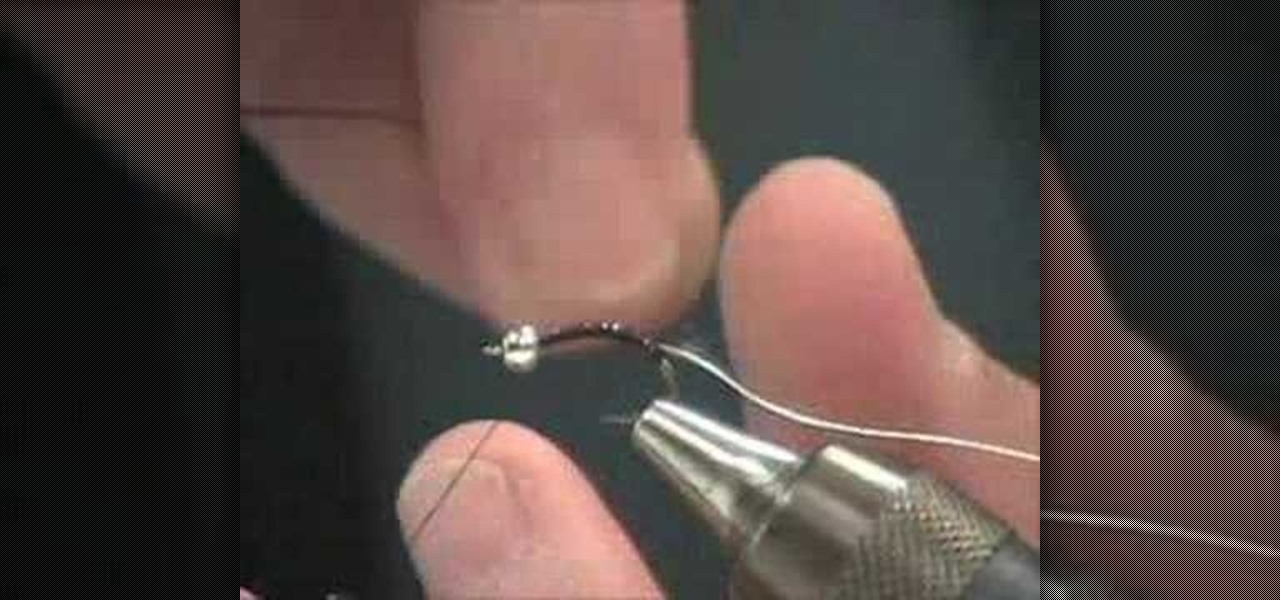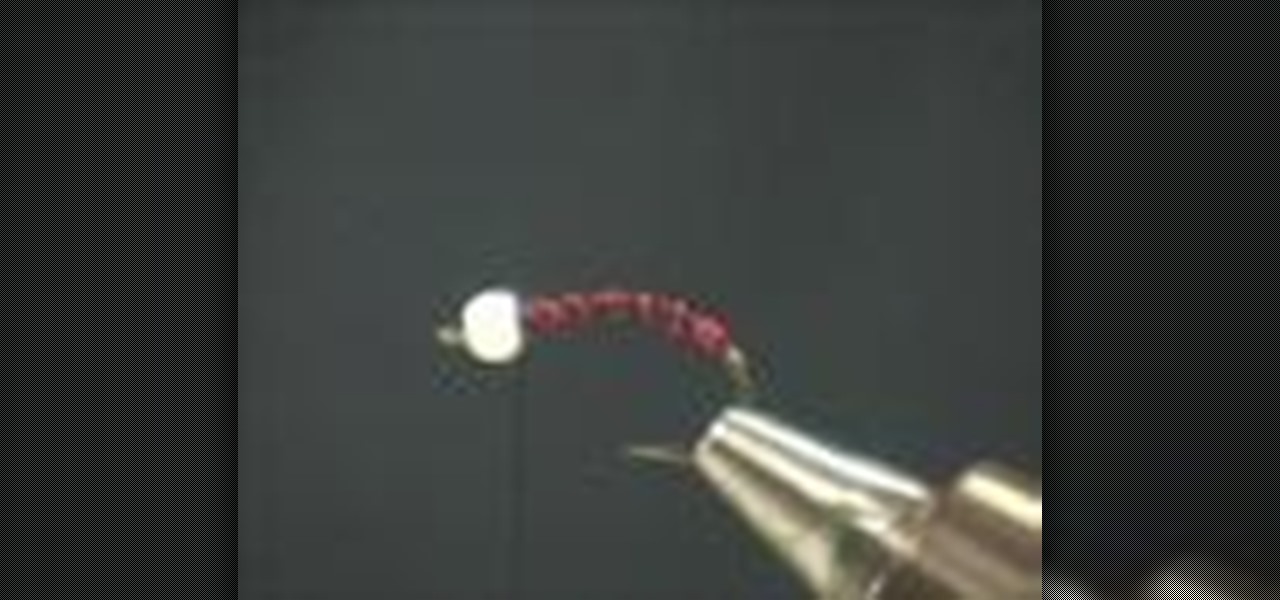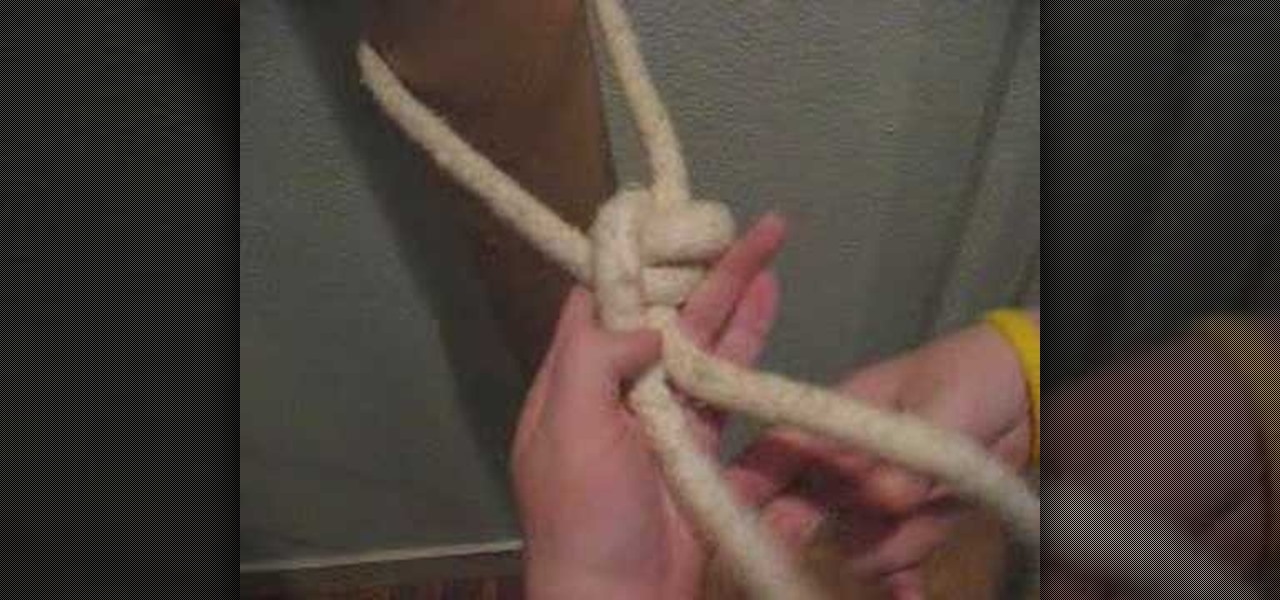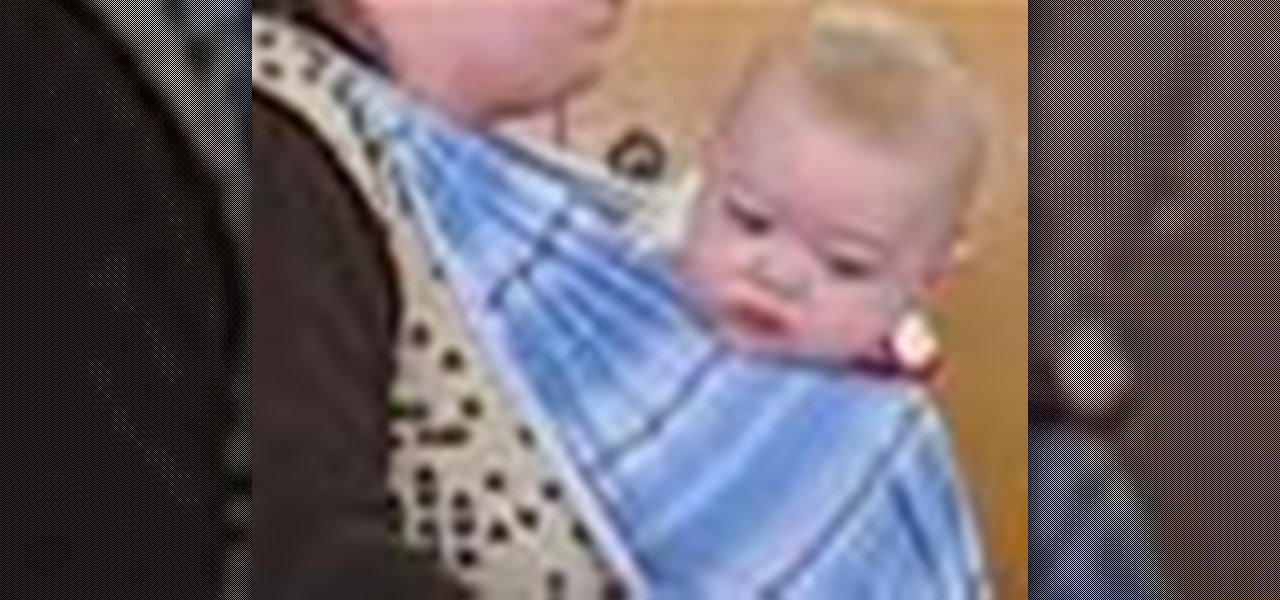
Need a way to carry around your baby while keeping your arms free? No need to buy a special carrier, all you need is a sturdy cloth and the step-by-step instructions in this how-to video. Find the middle of your wrap. Center on the small of the back. Cross each length over opposite shoulder. Adjust for comfort. Take opposite ends in each hand and cross in the back. Tie a square knot in the front. Get your baby. Place each leg on either side of the cross. Spread the fabric out starting with th...
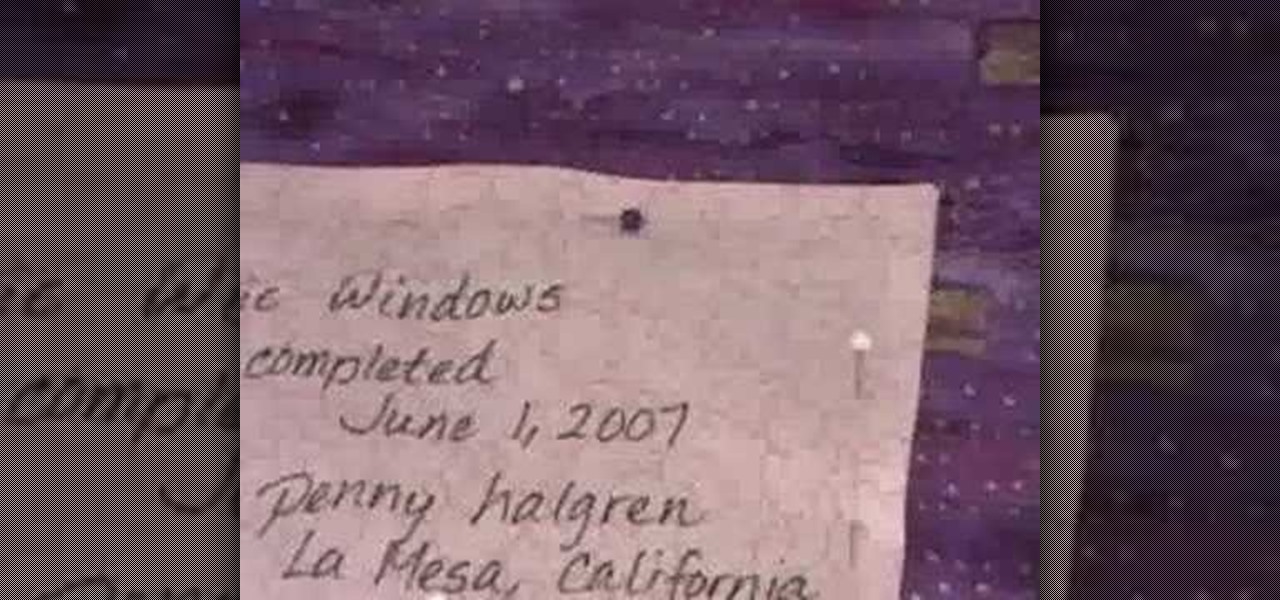
See how to tie a knot in your thread for hand sewing. This knot can easily be hidden inside a quilt. This is a simple quilting lesson, but worth taking the time to learn properly. You don't want your quilt falling apart at the seams.

Compression pants, or compression shorts, are good for managing hamstring injuries without restricting motion. There are many styles of compression pants, which are also known as compression pants. Learn how to use compression pants and stay fit in this sports medicine how-to video.

Check out this instructional fishing HowTo video to learn how to tie a turtle knot. The Improved Turtle Knot is an easy knot that is quickly tied. It works well for hooks with downturned eyes but can be used for other hooks as well. The improved turtle knot retains around 80% of original line strength. It can be used with monofilament for attaching hooks, swivels, lures and flies. Reel in the big fish with this fishing tutorial video.

This how-to video demonstrates the easiest way to make a hammock. Simple, easy and safe, with no sewing required, make a hammock anytime in a pinch. All you need is fabric, rope, and the knot-tying skills from this instructional video. Watch this video tutorial and learn how to make an easy hammock.
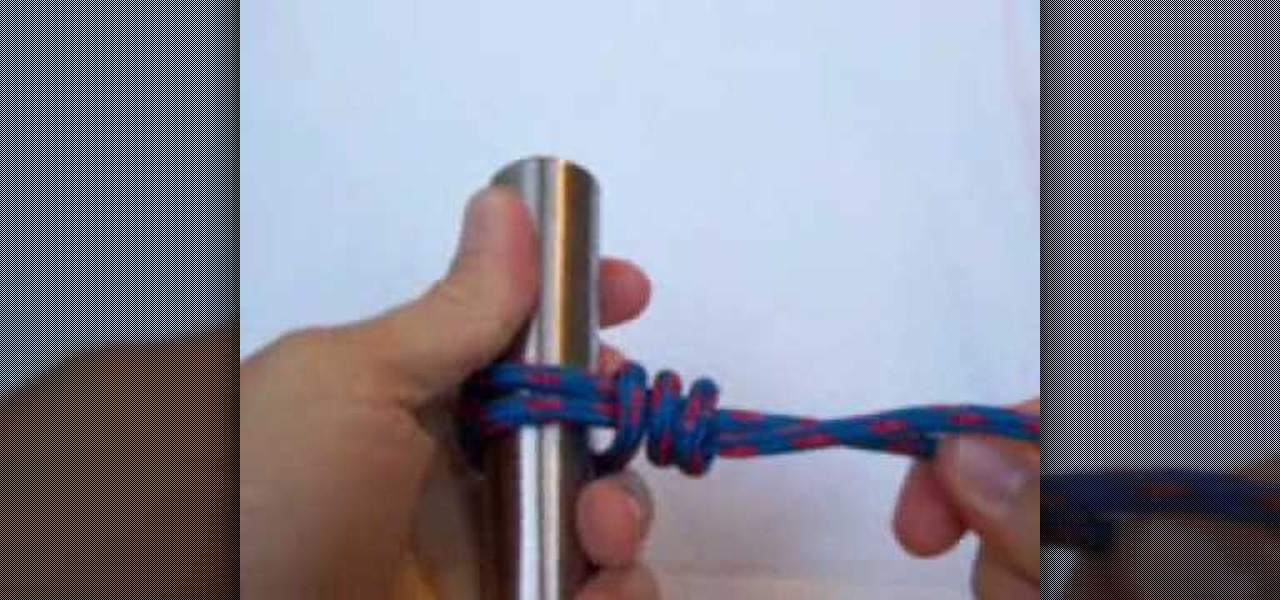
The Girth Hitch or Lark's Foot knot is only suggested as a means of attached slings to a harness while rock-climbing. As the knot reduces the strength of the sling, it's not intended for attaching two slings together. Watch this video rock climbing tutorial and learn how to tie a Girth Hitch or Lark's Foot knot.

The double fishermen's knot, as demonstrated in this how-to video, is a safe knot to secure to separate lengths of rope together, forming high-strength loops of cord. This makes it useful in rock-climbing and in search and rescue, especially as a backup for other knots. Check out this video survival training tutorial and learn how to tie a double fisherman's knot or double overhand knot.

An eye splice is the best way to create a permanent loop on the end of a multi-strand rope. Whether you need an eye splice loop to hold a hammock up in your backyard or need one for your nautical voyages, this survival training video will teach you step by step how to tie one.

The bowline knot has a long history in sailing. The bowline, or bow line, knot was used to secure the sail in position toward the back of the ship, allowing the sail to capture the wind. Contemporarily, the bowline knot is used anytime a strong, looped knot is required. Watch this video survival training tutorial and learn how to tie a bowline knot.

This how-to video demonstrates a double San Diego jam knot, as shown by Curtis Owens from Performance Tackle. This knot doubles the line to make a strong knot for heavier lines. Watch this video tutorial and learn how to tie a double San Diego Jam knot for fishing.

Take a look at this instructional video and learn how to tie a PC knot for your tennis racket. This knot is used to finish off mains or crosses, so tension can't be pulled directly to it.

Take a look at this instructional video and learn how to tie a standard starting knot. As the name suggests, this knot is used for starting off your crosses and can withstand direct tension. It's not something your want to use for the end of your mains or crosses on the racket.

Take a look at this instructional video and learn how to tie a bulky knot. This is a starting know and tension can be pulled directly to it. Keep in mind that this knot is not for the end of your mains and crosses.

Take a look at this instructional video and learn how to tie a double half hitch while stringing your tennis racket. Keep in mind that this knot should only used to finish off mains or crosses. Because of this, tension should not be pulled directly to it.

Take a look at this instructional video and learn how to tie a Parnell Knot. This knot is used for restringing a tennis racket when you're finishing up mains or crosses. Because of this, you don't want to pull tension directly to it.

Are you a fly fishing enthusiast? Learn how to tie the "265 Nymph", a fly said to have fooled the catch of a lifetime in the form of a 26 1/2" Brown trout on the West Branch of the Delaware. Chosen as Trout Predator Online's fly of the month for March 2008.

Check out this video and learn how to tie a great Yarn Strike Indicator with Alain Barthelemy. This fly has been a staple at Trout Predator Online since the beginning, and was chosen as fly of the month for December 2007. When winter comes around and the dry flies dry up, this is a great way to hold your nymphs up.

In this how-to video you will learn to tie the yellow trout fox streamer. Tight Lines is highlighting this fly because it has become a top producer as a searching pattern for trout. Fish this fly down and across for aggressive fish. This will get you plenty of those fish you always wanted when fishing.

Knotting techniques are essential to learn for cord, leather, or even wire jewelry. A professional looking knot serves functional purposes, and can eliminate the need for clasps, closures, or attaching pieces. Learn how to tie a slip, slide, and lark's head knot by watching this video jewelry-making tutorial.

There is a right way and a wrong way for a man to wear a scarf. This how to video shows you the proper way to tie a scarf for every weather condition.

This video tutorial will show you how to tie a lanyard knot with a loop. You can try with an 18 inch length of paracord for the demonstration, but this will work with various lengths and diameters of cord.

Watch this video for a narrated step by step on tying the Mickey Finn fly.

Watch this video for a narrated step by step on tying the McKay Special fly.

Watch this video to learn how to tie a cobia fly for fly fishing.

Watch this video to learn how to tie a redfish slider fly for fly fishing.

Watch this video to learn how to tie an easy redfish fly for fly fishing.

Watch this video to learn how to tie the Bend Back fly for fly fishing.

Watch this video to learn how to tie an Epoxy fly for fly fishing.

Watch this video to learn how to tie the Shark fly for fly fishing.

Watch this video to learn how to tie the Spoon fly for fly fishing. This is devastating for the red fish.

Watch this video to learn how to tie the Weedless Seaducer fly.

Watch this video to learn how to tie the Clouser minnow fly.

Barrett from the Caddis Fly ties a chironomid midge pupa fly, a great stillwater trout pattern for the Oregon lakes fishing.

Watch this video to learn how to tie an Ice Cream Cone chironomid fly. This pattern is great for the Oregon Cascade high lakes trout fishing. Barrett from The Caddis Fly shows you step by step.

Watch this video to learn how to tie a Karnopp Riffle Diver.

This video shows you how to tie the hottest dry fly on the McKenzie River this Spring for fishing near Eugene, Oregon -- the CDC Green McKenzie Caddis.

Barrett from the Caddis Fly shop demonstrates how to tie a black mini leech for fly fishing.

This is a fly called the Green Monster. Learn how to tie it.

Tie a taut line hitch with the concluding hitch reversed. Just watch to see what I'm talking about. It's slow and easy to follow.

Check out this video to learn how to take an old 80's dress and make it 2008. Guys: learn how to make a simple bow tie out of an old scarf.








